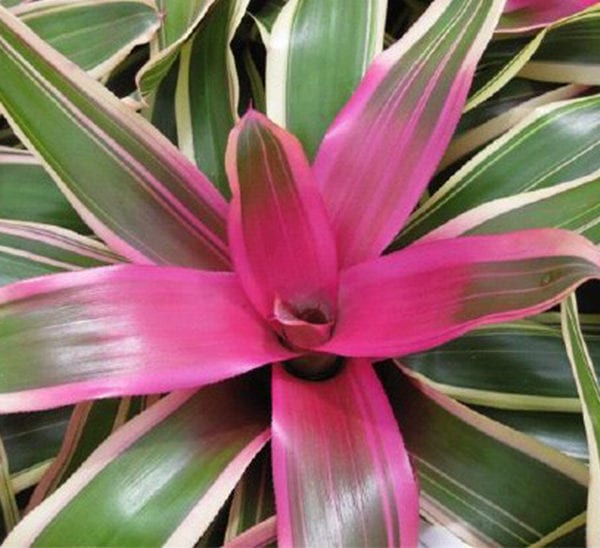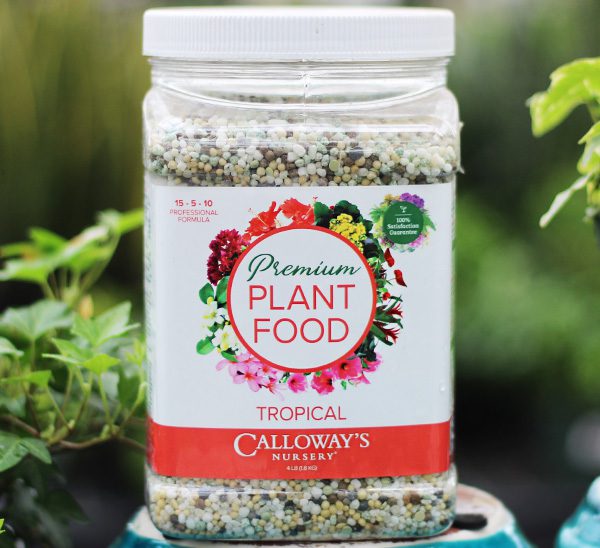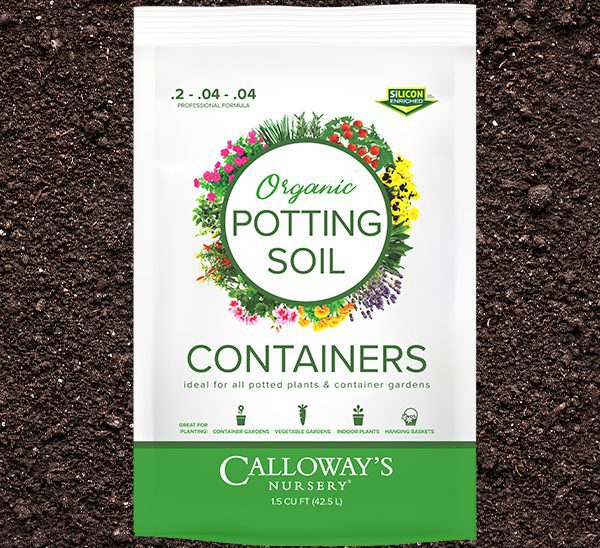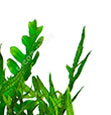Bromeliad Neoregelia
Neoregelia Bromeliads are a low-maintenance houseplant that can add color to any room.
Please contact your local store for product availability.
Find a garden center near you.
Species: various
Plant Height: 24 in.
Spread: 24 in.
Evergreen: Yes
Plant Form: Funnel Shaped Rosette
Summer Foliage Color: Green, yellow
Minimum Sunlight: Bright
Maximum Sunlight: Filtered Sun
Bromeliad Neoregelia is a tropical epiphyte, meaning that they naturally grow in trees for support. They are not parasitic, and have roots that cling to branches. The flowers are actually bracts that can remain colorful for up to 2 or more months.
Bromeliad Neoregelia provides long-lasting color for interior plantings and shady patios. This is a relatively low maintenance plant, and can grow as a potted plant or mounted onto ornamental driftwood or stems. Gardeners should be aware of the following characteristic(s) that may warrant special consideration; Disease. Bromeliad Neoregelia is recommended for adding color and interest to homes and commercial interior plantings. On shady patios, it can be easily moved to various locations of indirect sunlight for special events or effects.
Bromeliad Neoregelia grows to about 18-inches tall and up to 2 feet wide depending on the variety. It begins as a rosette with a central, water-holding reservoir. When the bloom is forming, the leaves around that central cup will begin changing color. Spiky bracts that contain the pale colored flowers form and remain for long periods. The colorful foliage can remain for several months. This plant should be grown in bright, indirect sunlight, either indoors or outdoors. Bromeliads have roots used for clinging to branches for support, so they absorb very little water on their own. For this reason, the soil or media around the roots must be kept moist but never wet for long periods. While the plant is growing and blooming, maintaining a small amount of water in the "vase" portion of the center will provide most of the moisture necessary. Weak diluted fertilizers can also be added to this water or sprayed on the foliage. The main characteristic for the soil is that it drain well and be porous to allow plenty of air circulation. A slightly acidic pH is preferable but not required. Bromeliads produce offsets, or pups, once the blooming cycle is finished. These can be separated from the main plant when they have grown to about two-thirds the size of the original plant and have produced aerial roots of their own. All Bromeliads can be grown as houseplants or as eccents and focal points on a shady patio outdoors. As tropical plants, they should be protected from any cooler temperatures below 55 degrees F.





